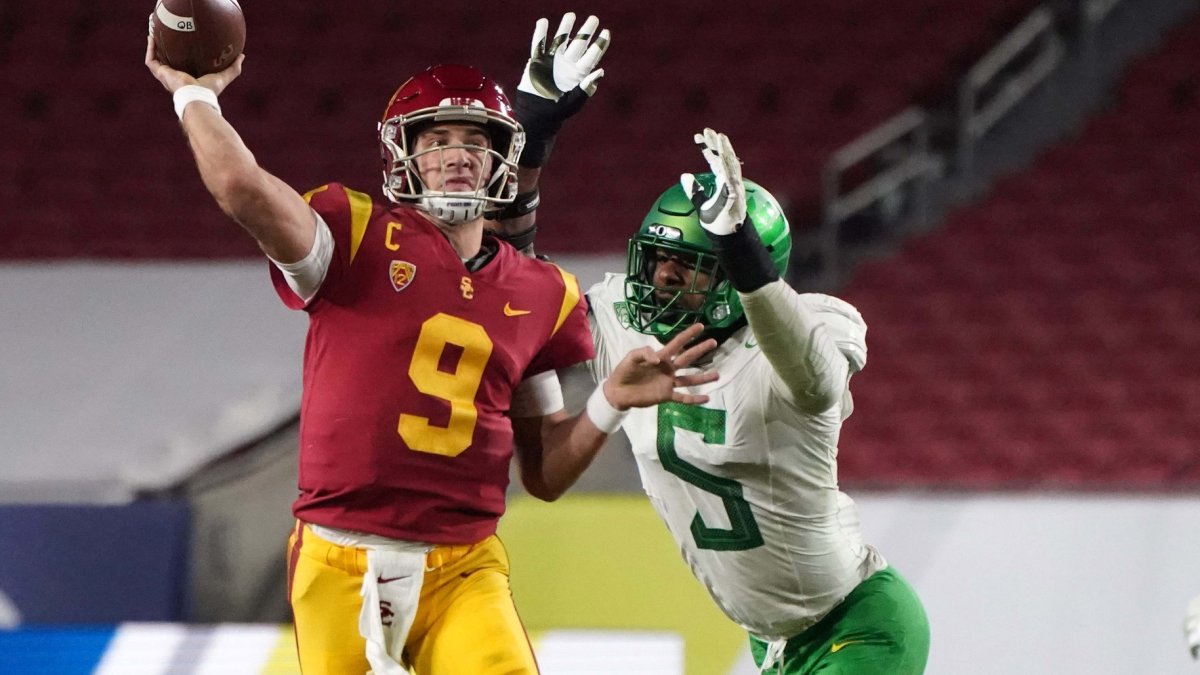PFF's research and development team has made many groundbreaking discoveries over the years. Among the most infamous was the argument that coverage is more important than pass rush in the NFL ranks.
Eric Eager and George Chahrouri have written and talked about this topic often over the past few years, and — while the debate is still not over — their conclusions are that coverage better explains defensive output in a given season than pass rush at the NFL level.
In addition, they found coverage predicted defensive success in the subsequent year much better than pass rush. This wasn’t to say an NFL team’s pass rush isn’t an impactful part of a defense but, rather, that coverage is the most important piece to the puzzle.
“It is difficult to have a successful defense without players who can cover [in the NFL],” Chahrouri and Eager wrote.
But the NFL and college football are obviously vastly different. From the talent disparity to the concepts utilized, a variety of factors make the two incomparable in certain aspects.
Take positional value — another thought-provoking and surprising discovery to some — for example. When PFF unveiled NFL Wins Above Replacement (WAR), it showed just how valuable each individual position on the field was.
Running backs were deemed to be less so than any other position on an NFL field, but that isn't the case in college football. College doesn’t have a basis for a replacement-level player, as one can’t just be signed on a whim. PFF Wins Above Average (WAA) — a slightly different metric from WAR that looks at an average player at their respective position — dives into positional value at that level of the game. And the findings were that running backs can actually be a valuable and important piece to a college football offense.
So what if there are other findings at the NFL level that aren’t quite the same in college football? What about coverage versus pass rush? Does having a potent pass rush at the college level carry the same weight as it does in the NFL?
Let's dive in.
First, some particulars: We separated the Power Five conferences (and Notre Dame) from the Group of Five (and other Independents that aren’t the Fighting Irish) due to the vast difference in competition level. Just like it was done for the NFL, we looked at the correlation between expected points added (EPA) allowed per pass play and team PFF coverage and pass-rush grades on a per-snap basis during a given season.
Exclusive content for premium subscribers

WANT TO KEEP READING?
Dominate Fantasy Football & Betting with AI-Powered Data & Tools Trusted By All 32 Teams
Already have a subscription? Log in



 © 2025 PFF - all rights reserved.
© 2025 PFF - all rights reserved.